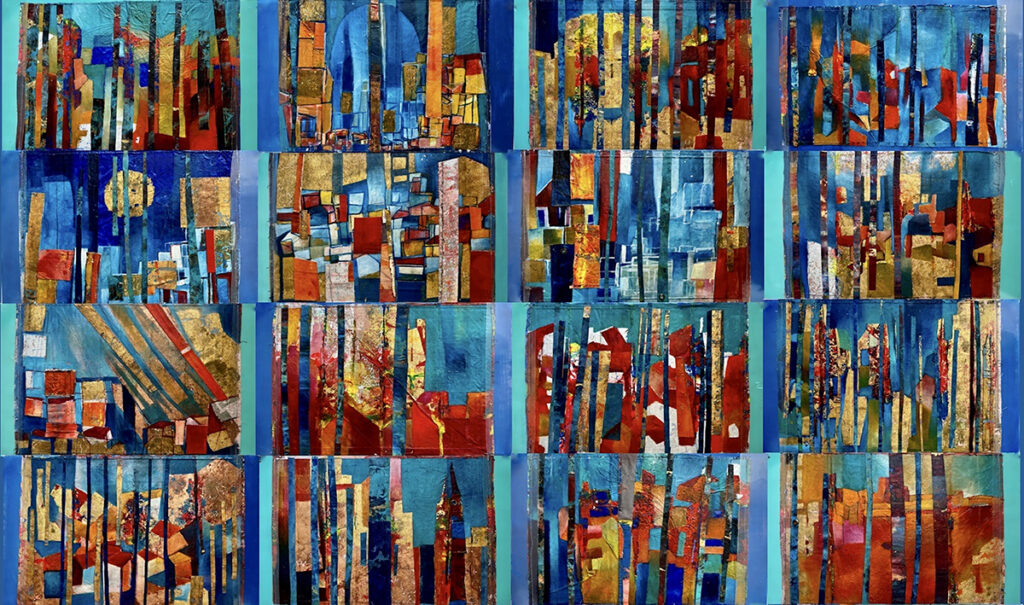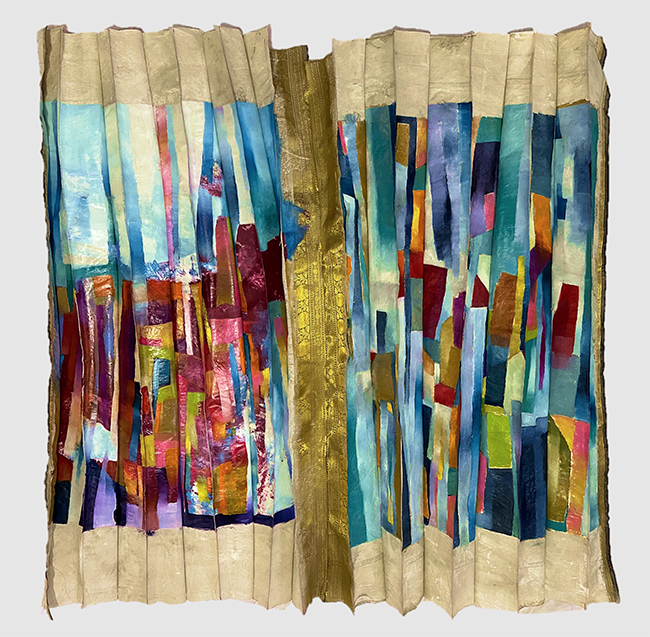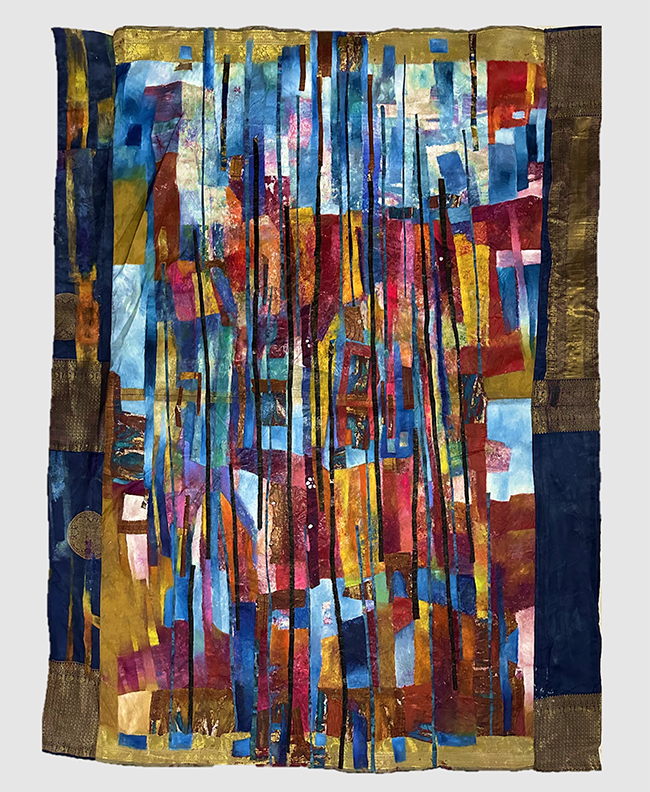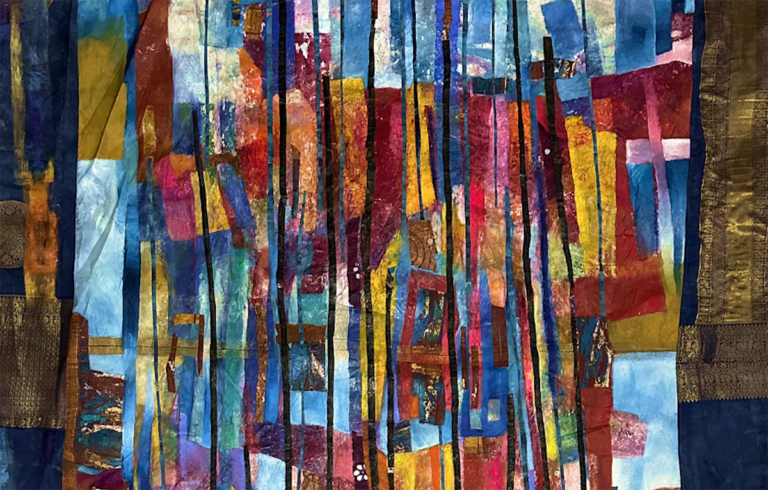Born in Lisbon in 1962, Miguel Barros is an artist whose work is deeply influenced by his experiences across Portugal, Canada, and Angola. His artistic practice draws on these diverse cultural landscapes, creating pieces that go beyond geographic and artistic boundaries. With a degree in Architecture and Design from IADE Lisbon in 1984, Barros has consistently integrated his architectural background into his work. This formal training continues to shape his approach to painting, blending structure with creative expression. In 2014, Barros moved from Angola to Calgary, Alberta, marking a new chapter in his artistic exploration while maintaining a strong connection to his roots.

Barros’ paintings reflect his journey through various cultures and his architectural foundation. His ability to bring together the technical aspects of design with the emotional depth of his lived experiences results in art that’s as complex as it is meaningful. He describes his artistic process as a merging of “fantasy and the reality of the world,” a reflection of his own experience navigating different cultures. This interplay between imagination and reality forms the foundation of his work, with recurring themes of identity, memory, and the interaction between people and their surroundings.
One of Barros’ projects is his Lusitanian Dream series. In these works, he moves away from traditional materials, using oil paint on surfaces like sarees, as well as canvas and paper. Barros intentionally avoids conventional formats, allowing his paintings to remain unframed and free to move. The loose, flowing nature of the works resembles tapestries, and they are designed to sway in the wind, emphasizing the themes of movement, freedom, and imperfection. By challenging the limitations of traditional painting, Barros’ art embodies the idea of breaking free from constraints—both physical and cultural.

Imperfection is a central element in Barros’ work. Rather than viewing it as a flaw, he embraces it as a source of truth and authenticity. He refers to this concept as “perfect imperfection,” a belief that the raw and unrefined aspects of his art reveal deeper meaning. For Barros, the materiality of his pieces is as significant as their visual content. His paintings are often an exploration of his origins, memories, and deep ties to his Portuguese heritage, though they simultaneously touch on universal themes that resonate beyond borders. Through bold colors and textured surfaces, Barros evokes the landscapes and emotions tied to his homeland, creating a visceral connection with the viewer.
Barros frequently explores the concept of memory and place in his art. Though he has lived far from Portugal for many years, he remains deeply connected to his Lusitanian identity. His paintings express this bond, full of a sense of longing and belonging. For Barros, cultural and physical distances do not define his sense of self, and he strives to break down these borders through his art. His visual language, steeped in emotion and experience, allows his work to communicate universally, speaking to viewers regardless of their background.

In his piece Colourful Memories in a Mosaic, Barros employs oil paint on canvas alongside gold leaf to create a richly layered work. The gold leaf adds both depth and texture to the 180cm x 170cm painting, inviting viewers to engage with its surface and the memories it represents. Similarly, in It Was Late in a Soft Afternoon, Barros uses oil and mixed techniques on a saree to capture a tranquil moment. The piece, measuring 130cm x 140cm, immerses the viewer in the soft, warm tones of the scene, encouraging reflection on time and place.
After the Storm, another of Barros’ works on a saree, addresses themes of resilience and renewal. This larger piece, 165cm x 216cm, envelops the viewer in dynamic brushstrokes and textures. The use of sarees as a material connects these works to a broader cultural context while remaining rooted in Barros’ personal narrative.
Barros’ artistic practice defies the constraints of geography and traditional art forms. His paintings reflect the fluidity of life across continents, shaped by diverse cultural experiences but firmly anchored in his Portuguese identity. His work is an expression of freedom, constantly evolving yet always connected to his past.
Through his art, Miguel Barros invites the viewer into a world where imagination meets reality, where imperfections are celebrated, and where the boundaries between cultures and memories dissolve. His paintings create a shared space where people from all walks of life can engage, feel, and connect on a deeper level, embodying the timeless power of art to unite across time and place.

